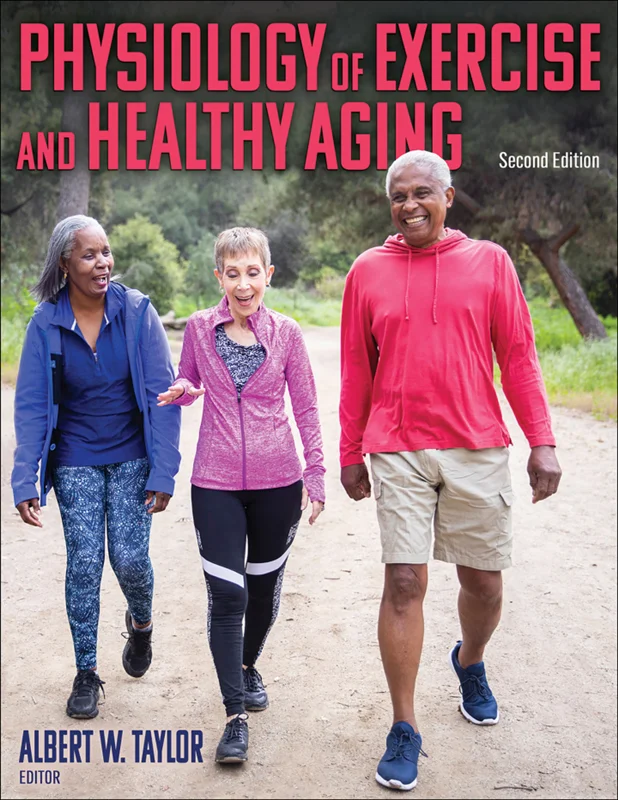Physiology of Exercise and Healthy Aging 2nd Edition
Albert W. Taylor, B0991QC91X, 1492597252, 9781492597254, 9781492597261, 978-1492597254, 978-1492597261
With life expectancy increasing globally, older adults around the world want to live active lifestyles with improved health and higher quality of life. Physiology of Exercise and Healthy Aging, Second Edition, examines the effects of the aging process on the major physiological systems and identifies the positive impacts of physical activity and regular exercise for older adults, including delaying specific diseases and increasing quality of life.
Students will be presented with foundational concepts of physiology to understand the structural and functional changes on the major physiological systems throughout the aging process. Physiological responses to acute and chronic exercise are examined, with comprehensive coverage of studies on age-related diseases and other common issues for older adults, including cardiovascular disease, cardiorespiratory fitness, type 2 diabetes, muscle metabolism and strength, osteoporosis, neurophysiology, and arthritis, plus content new to this edition that addresses mental health, pelvic floor issues and incontinence, and sexual activity.
Programming recommendations in each chapter translate exercise science into practice, examining the benefits of exercise, contraindicated exercises, and other forms of physical activity beneficial to the aging population. Exercise considerations address the training needs of older adults in three unique groups: average aging adults, frail elderly with special needs, and masters athletes, with expanded content more reflective of today's active seniors. With an emphasis on screening and assessment, coupled with basic principles of exercise and training programs, students will learn to safely administer exercise programs that meet the needs of older adults—in any stage of aging and at various levels of physical activity—to contribute to increased health and quality of life for all.
Chapter-opening quotes bring content to life with insights from scientists, fitness professionals, and other experts. Chapter objectives, new to this edition, help readers to understand and apply key concepts. Questions to Consider at the end of each chapter provide tools for reflection, while references direct students to additional reading and opportunities for further learning. An appendix offers easy access to assessments and forms, including a Three-Day Nutritional Assessment form and a Client Report form, preparing readers for professional use in their careers with older adult clients.
Physiology of Exercise and Healthy Aging, Second Edition, delivers a thorough discussion of the physiological effects of aging and illustrates the power of exercise as a tool to reduce or offset the effects of aging in order to improve the quality of life enjoyed by our aging population.


